Hi all!
I'm so glad I found this forum. Obviously many many knowledgable people here....
I have several questions about a batch of tulips I just planted. Sorry there are so many, but this is literally the first thing I've planted ever, in my entire life. No pressure, of course, to answer them all - I'm grateful for ANY information I can get -- some is always better than none.
1. I recieved by order (from tulips.com) in two boxes in Nov. I opened one to check for planting instructions and then I sat them in my garage. They sat there for about 4 weeks, (inadvertently - we decided to have our grass guy amend the soil in my beds for me professionally, as the work proved to laborious for me to do alone -- which is what took so long. *gulp*). When I went to plant them the box I opened box seemed mostly ok (there were a few blemished bulbs by now but nothing terribly serious) - but the box that remained closed was a bit of a mess. Upon opening it I found quite a few bulbs had been attacked by aphids, some looked like they'd begun to rot, a few bore some mold, and in some the smaller pointed end was a bit rotten looking - but in some of those there was a shoot already? I also found a few that seemed ok, but the papery coating was stuck to the bulb - which I thought was strange because in the other's that were ok, and when they first arrived, the papery skin had the texture of the outer layer of an onion - with no sticking. :(
I probably should have tossed the box - but it was my second round of purchasing - I'd purchased 100 bulbs before that, that I ended up having to toss completely because I put them in the freezer (doh) after reading that they needed "chilling". Not QUITE that much chilling, I later discovered. *sigh* Not wanting to lose another whole batch, murder more tulips AND lose another rack of money - I brushed off the ones that had aphids, wiped any small mold spots I saw, and generally salvaged the best of them ( I still threw out at LEAST 20-30 *cries*). My hindsight fear is that the ones I planted that seemed soft or brownish and shriveled at the crown might harm the others that were healthy. I planted them according to a color scheme, so some of the less healthy ones were near the ones that were ok. Is there any chance the ones that weren't as healthy could impede the growth of the ones that were? If so, should I dig them up? (not looking forward to that, if so...you'll see why)....
2. Because the beds I have line our walk, and because Carolina clay is so messy, and because it will take until spring until there are actual flowers there, I wanted to put some gravel down over the beds to make it look decent while we wait for spring blooming. My grass guy said heavy gravel could stop the bulbs from coming up (true?), and recommended that I lay weed stopping fabric down over the beds so that the gravel could be easily removed in early spring to allow the tulips room to come up. Now that I've done it tho, I wonder if that would block out the sun and stunt or stop their growth altogether? And I'm worried about the gravel now too - I'll need much more than I originally thought I did and I don't want to stifle the drainage of my already questionable soil. *sigh*
3. I've done a lot of reading here and was worried about pests stealing the bulbs. So I ALSO laid down chicken wire over a good portion of the beds they're in (didn't end up having enough to cover everything). I understand tho, that you're ALSO supposed to remove THAT before they come up - and I'm curious - if the bulbs are vulnerable to pests now, wouldn't they also be vulnerable in Spring when I remove the wire? What do I do about that?
So what I've got now (so I'm clear) is a layer of tulips planted 6 inches apart (in very few places - an inch or so closer than that), on top of which I have laid wire, on top of which I have laid weed stopper, on top of which is the (6" some places, 8" in some) soil amended with peat moss, on top of which I have laid a bag or two of gravel and am planning to add 20 or so bags more (the two bags I had didn't even CLOSE to cover my 50 sq. ft of combined bed space). Is that as crazy as it looks? LOL! Is there any part of that lasagna I should remove before getting the rest of the gravel? Should I even GET the gravel?
And then - I guess once I get a handle on this, and assuming I'm ok and the bulbs make sense to even bother maintaining with all the mistakes I'm sure I made LOL! - what do I do NOW?
How often should I water them through the winter and early spring (all are late blooming...silentia, maureen, burgundy and lace, and queen of the nights)? And what about light? I have a lot of afternoon sun along my walk, but it's pretty shady in the AM. The sun starts hitting that area at about noon and gradually gets it all as you get closer to 4 and 5PM. The more daylight there is, the more sun hits that area - so it stands to get more as the seasons progress....do you all think they'll be ok?
Also - I waited to water them until after I'd placed all the soil (6 or so inches worth) back on top and it occurred to me after that I should have maybe watered them a little before putting the earth back. My instructions said to put the soil back and then water, but I thought I might have perhaps misunderstood....
I really want tulips in the Spring, and I'm willing to work hard on them if I'll get even a little something... :)
SORRY SORRY SORRY for the long post. I promise those that follow will be much, MUCH shorter...
Blessings to all.
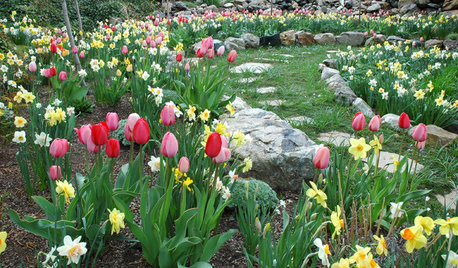

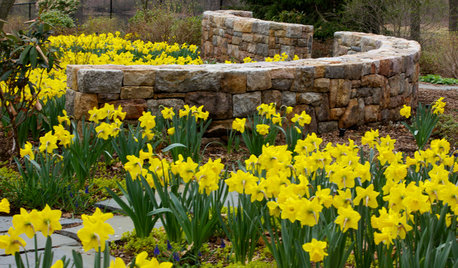
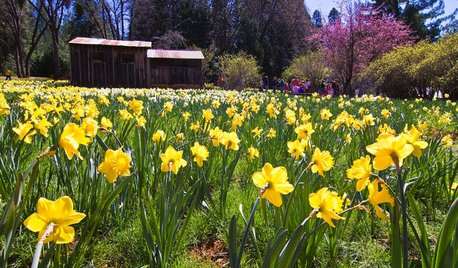
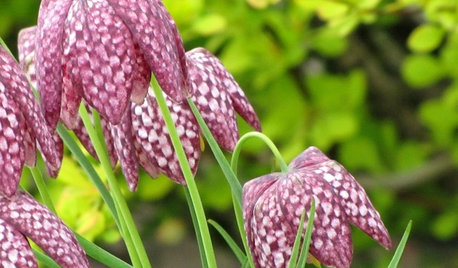
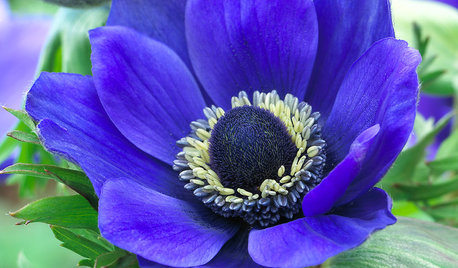

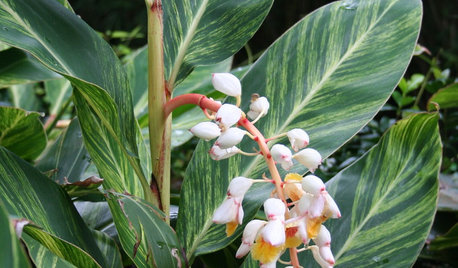

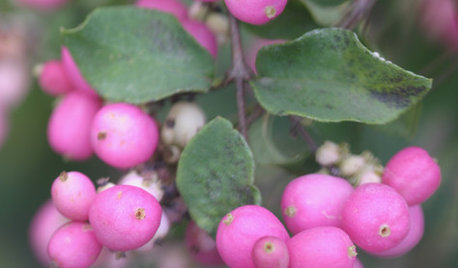






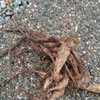
vetivert8
omooyaOriginal Author
Related Professionals
New Bedford Landscape Architects & Landscape Designers · Garden City Landscape Architects & Landscape Designers · Bergenfield Landscape Contractors · Bowie Landscape Contractors · Desert Hot Springs Landscape Contractors · Fort Atkinson Landscape Contractors · Fuquay-Varina Landscape Contractors · Gresham Landscape Contractors · Hickory Hills Landscape Contractors · Mesa Landscape Contractors · Morrisville Landscape Contractors · New Providence Landscape Contractors · Rockwall Landscape Contractors · Saint George Landscape Contractors · West Haverstraw Landscape Contractorsvetivert8
katob Z6ish, NE Pa
greenguy1
omooyaOriginal Author
omooyaOriginal Author